We're using Airflow:1.10.0 and after some analysis why some of our ETL processes are taking so long we saw that the subdags are using a SequentialExecutor instead to use BaseExecutor or when we configure the CeleryExecutor.
I would like to know if this is a bug or an expected behavior of Airflow. Doesn't make any sense have some capability to execute tasks in parallel but in some specific kind of task, this capability is lost.
